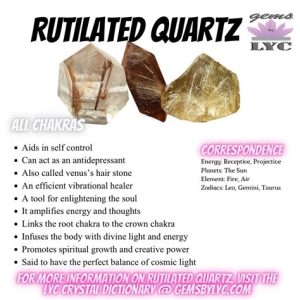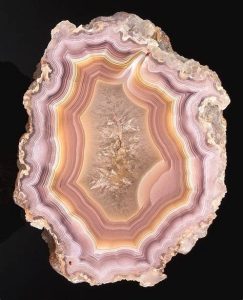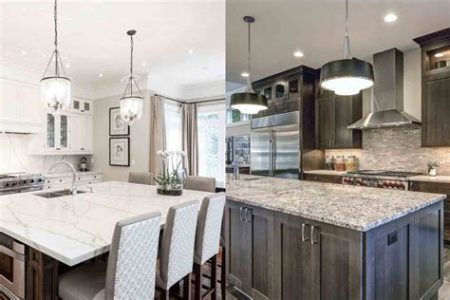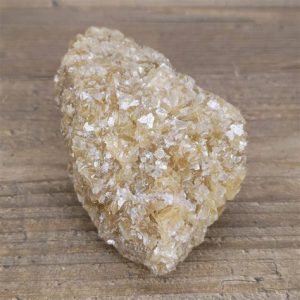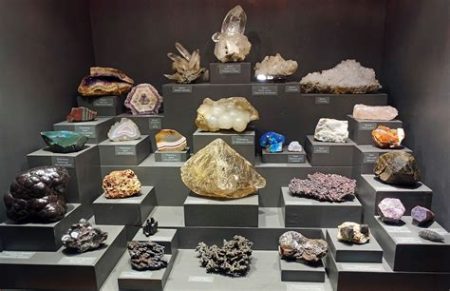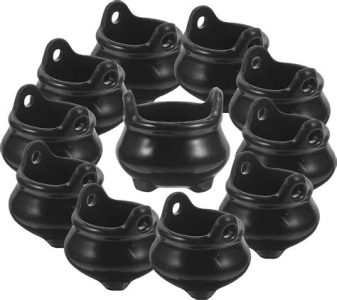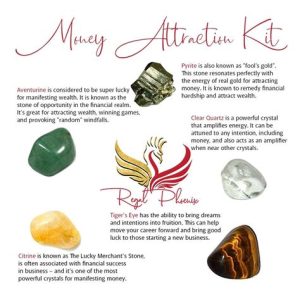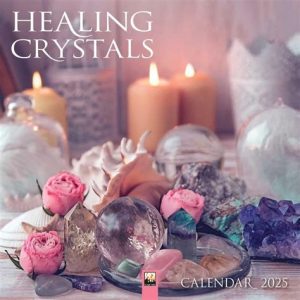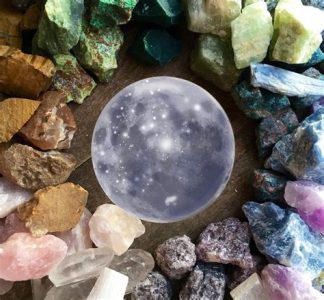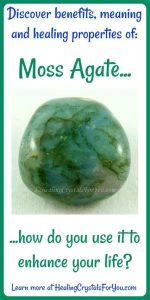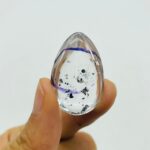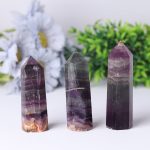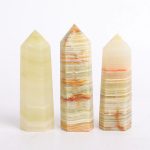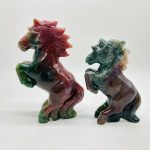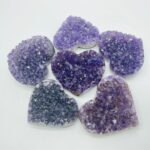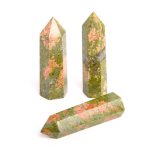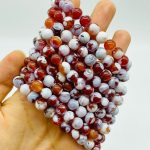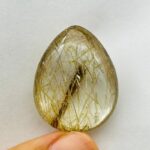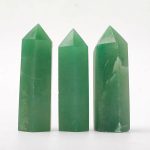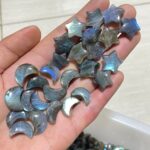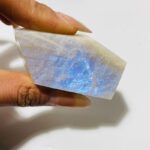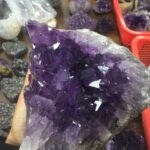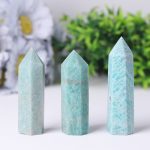Origins and Composition
Goldstone, also known as aventurine glass or goldsheen glass, is a man-made gemstone that imitates natural aventurine quartz. Created by adding copper oxide to molten glass, goldstone exhibits a characteristic aventurescence, a shimmering effect caused by the presence of tiny copper crystals. The name “goldstone” is derived from its golden-brown color, which resembles the sheen of gold.
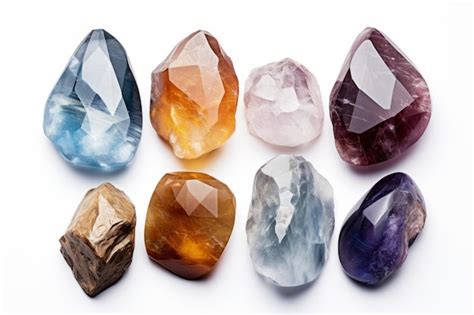
How It’s Made
To create goldstone, molten glass is mixed with copper oxide and cooled rapidly. The copper atoms crystallize within the glass, forming small, reflective surfaces that scatter light, producing the shimmering effect. The exact composition of goldstone can vary, but it typically consists of silica (SiO2), copper oxide (CuO), and other minor elements.
Types of Goldstone
Goldstone is available in a range of colors, including:
- Red goldstone: The most common type, with a rich golden-red hue.
- Blue goldstone: Also known as cobalt goldstone, this type exhibits a deep blue color.
- Green goldstone: A less common variety with a vibrant green color.
- Purple goldstone: A rare type with a beautiful purple hue.
Each color of goldstone is created by adding different metal oxides to the molten glass base.
Unique Properties and Uses
Goldstone is prized for its unique appearance and metaphysic properties:
Jewelry and Decorative Items
Goldstone’s shimmering effect makes it a popular choice for jewelry, such as necklaces, bracelets, and earrings. It is also used in decorative items, such as vases, sculptures, and paperweights.
Personal Growth and Healing
Goldstone is believed to promote self-expression, creativity, and ambition. It is often used in meditation and energy healing to encourage confidence, optimism, and a sense of purpose.
Applications in Different Industries
Goldstone’s unique properties have also led to its applications in various industries:
Automotive
Goldstone is used as a reflective material in taillights and license plates due to its high visibility and durability.
Electronics
Goldstone is used in electronic devices as a heat-resistant and optically conductive material.
Architecture
Goldstone is increasingly used in architectural applications as a decorative element in glass windows and wall panels.
Medical Equipment
Goldstone is used in medical devices, such as lasers and surgical instruments, due to its corrosion resistance and optical properties.
Consumer Perception and Market Trends
Goldstone is a popular gemstone with consumers due to its affordability, durability, and unique appearance. According to the World Gold Council, the global market for gold-colored gemstones is estimated to reach $1.5 billion by 2025.
Pain Points and Motivating Factors
Consumers often seek goldstone jewelry and decorative items as a way to:
- Enhance their personal style.
- Promote emotional well-being.
- Add a touch of glamour and sophistication to their surroundings.
Effective Strategies for Engagement
Businesses can successfully engage with consumers by:
- Emphasizing the unique appearance and affordability of goldstone.
- Providing educational content on its metaphysical properties and applications.
- Offering a variety of goldstone products to cater to different tastes and preferences.
- Partnering with influencers and bloggers to showcase the versatility and appeal of goldstone.
Tables and Statistics
Table 1: Goldstone Composition
| Component | Percentage |
|---|---|
| Silica (SiO2) | 60-80% |
| Copper Oxide (CuO) | 10-25% |
| Other Oxides | 1-5% |
Table 2: Goldstone Properties
| Property | Value |
|---|---|
| Mohs Hardness | 6.5-7 |
| Specific Gravity | 2.7-3.0 |
| Refractive Index | 1.51-1.56 |
| Color | Golden-red, blue, green, purple |
Table 3: Goldstone Applications in Different Industries
| Industry | Application |
|---|---|
| Jewelry | Necklaces, bracelets, earrings |
| Decorative Items | Vases, sculptures, paperweights |
| Automotive | Taillights, license plates |
| Electronics | Heat-resistant materials, optical conductors |
| Architecture | Glass windows, wall panels |
| Medical Equipment | Lasers, surgical instruments |
Table 4: Goldstone Market Trends
| Year | Global Market Value (USD) |
|---|---|
| 2020 | $1.0 billion |
| 2025 | $1.5 billion (estimated) |

